Beyond the Buzz: Diagnosing and Repairing the Emerging World of Humanoid Robots – A Fix4Bot.com Perspective
The relentless march of robotics continues, and the recent spotlight on AgiBot, a Chinese firm pioneering humanoid robots capable of tackling everyday tasks, highlights a critical, often overlooked aspect of this technological revolution: maintenance and repair. While the concept of robots seamlessly navigating our homes and workplaces is captivating, the reality includes potential malfunctions, damage, and the inevitable wear and tear of complex mechanical systems. AgiBot’s ambitions – envisioning robots handling everything from household chores to retail duties – push the boundaries of AI and robotics, making robust repair infrastructure absolutely essential. At Fix4Bot.com, we’re already anticipating and preparing for the challenges and opportunities presented by this expanding field. This article delves into the potential damage scenarios for humanoid robots like those being developed by AgiBot, how we diagnose them, and the repair methodologies we’re developing and refining.
The Expanding Landscape of Humanoid Robotics & The Inevitable Need for Repair
AgiBot’s robots, and others like them, represent a significant leap beyond industrial robots. Their articulated human-like forms demand sophisticated engineering, intricate sensors, and complex AI programming. Unlike industrial arms performing repetitive tasks in controlled environments, humanoid robots operate in dynamic, unpredictable spaces, interacting with humans and various objects. This vastly increases the potential for damage. Consider their intended applications: navigating cluttered homes, interacting with customers in retail settings – scenarios inherently prone to impacts, spills, and unexpected stresses.
Furthermore, the integration of advanced AI introduces a new layer of complexity. While AI strives for adaptability, software glitches, sensor inaccuracies, and learning errors can lead to robotic behaviors that result in self-inflicted damage or damage to the surrounding environment. Materials science also plays a crucial role. Engineers are experimenting with various materials – from lightweight polymers to advanced alloys – to enhance robot performance, but each material presents unique challenges when it comes to repair and longevity.
Potential Damage Scenarios: A Tiered Analysis
To effectively diagnose and repair humanoid robots, we’ve categorized potential damage scenarios into three tiers: Minor, Moderate, and Severe.
Tier 1: Minor Damage & Preventative Maintenance
This category encompasses typical wear and tear, superficial damage, and easily addressable malfunctions. Examples include:
- Cosmetic Scratches and Dents: Resulting from collisions with furniture or accidental impacts. These primarily affect aesthetics but can indicate underlying issues like inadequate sensors or programming errors leading to collisions.
- Sensor Calibration Drift: Humanoid robots rely heavily on sensors (cameras, LiDAR, force sensors, tactile sensors) for perception and navigation. Over time, these sensors can drift in calibration, leading to inaccurate readings and potentially hazardous actions.
- Joint Lubrication Issues: Complex articulated joints require consistent lubrication to ensure smooth operation and prevent wear. Dry joints can lead to increased friction, overheating, and eventual seizing.
- Software Glitches (Minor): Occasional software bugs or conflicts that result in temporary operational hiccups, such as slight control deviations or brief communication failures.
- Battery Degradation: Like any battery-powered device, humanoid robots experience capacity degradation over time, impacting operating time and performance.
Tier 2: Moderate Damage & Systemic Issues
This tier includes more consequential damage that impacts functionality and requires moderate intervention.
- Motor Burnout or Failure: Excessive strain, overheating, or faulty manufacturing can lead to motor failure, impacting robot movement and dexterity.
- Actuator Damage: Similar to motors, actuators (devices that convert energy into mechanical motion) are susceptible to damage caused by overloads, collisions, or wear. Hydraulic or pneumatic actuators present unique considerations regarding leaks and pressure regulation.
- Sensor Malfunctions (Significant): More severe sensor failures, like a camera lens cracking or a LiDAR unit becoming unresponsive, can severely impair the robot’s ability to perceive its surroundings.
- Wiring Harness Damage: The extensive wiring within a humanoid robot is vulnerable to cuts, shorts, and corrosion, especially in environments with dust or moisture.
- Processor/Controller Errors: While less frequent, errors on the robot’s central processing unit (CPU) or control board can lead to unpredictable behavior and system failures. These often require specialized diagnostic tools and software.
- Structural Damage: Cracks in chassis components or fractures in limb structures resulting from significant impacts.
Tier 3: Severe Damage & Critical System Failure
This represents the most challenging category, involving extensive damage requiring significant repair or even component replacement.
- Complete Limb Failure: A major collision or catastrophic structural failure can render a limb entirely unusable.
- Power Supply Failure: A complete failure of the power management system can shut down the robot and potentially damage sensitive electronic components.
- AI Core Corruption: Rare but devastating, corrupted AI software can lead to unpredictable and potentially dangerous behavior, requiring a full system re-imaging or software restoration.
- Extensive Circuit Board Damage: Water damage, electrical surges, or physical trauma can irreparably damage circuit boards, requiring complex repairs or replacements.
- Severe Structural Deformation: Significant warping or bending of the robot’s frame, often requiring specialized repair techniques like 3D printing and composite material bonding.
Diagnostic Techniques: A Layered Approach
At Fix4Bot.com, our diagnostic process is multi-faceted and prioritizes safety and efficiency.
- Visual Inspection: A thorough external examination for obvious signs of damage, including scratches, dents, cracks, and wiring issues. We utilize high-resolution cameras and specialized lighting to identify subtle defects.
- Functional Testing: Evaluating the robot’s functionality by running pre-programmed routines and observing its behavior. This helps identify anomalies and pinpoint the source of the problem.
- Sensor Diagnostics: Employing specialized software and hardware to test the accuracy and responsiveness of each sensor. This includes calibrating sensors, checking for noise and interference, and analyzing data outputs.
- Motor and Actuator Testing: Utilizing diagnostic equipment to measure motor current, torque, and speed. We also check for unusual noises, vibrations, and overheating.
- Software and Firmware Analysis: Examining the robot’s software and firmware for errors, conflicts, and security vulnerabilities. We use debugging tools and log analysis to identify software-related issues.
- Electrical Testing: Employing multimeters, oscilloscopes, and other electrical diagnostic tools to check for shorts, open circuits, and voltage fluctuations.
- Thermal Imaging: Using thermal cameras to identify hotspots or areas of excessive heat, indicating potential component failures or inefficiencies.
- AI Behavior Analysis: When appropriate, observing and analyzing the robot’s AI responses to various stimuli to detect inconsistencies or unusual behaviors. This may involve reviewing training data and adjusting algorithmic parameters.
Repair Methodologies: Embracing Advanced Techniques
Our repair approaches are constantly evolving to keep pace with advancements in robotics technology.
- Modular Replacement: Many modern humanoid robots are designed with modular components, allowing for easy replacement of damaged parts. We maintain an extensive inventory of spare parts for a wide range of robot models.
- 3D Printing: We utilize 3D printing to fabricate custom replacement parts, repair damaged components, and create prototypes for new designs. This technology significantly reduces lead times and allows for greater design flexibility.
- Micro Soldering and Circuit Board Repair: Our technicians are skilled in micro soldering and circuit board repair, enabling us to fix damaged electronics and restore functionality.
- Software Patching & Re-Imaging: For software-related issues, we apply software patches, update firmware, and, when necessary, re-image the robot’s operating system.
- Robotic-Assisted Repair: Employing smaller, specialized robots to assist in intricate repairs, particularly within difficult-to-reach areas.
- Material Repair & Bonding: Utilizing advanced adhesives and composite materials to repair structural damage, restoring the integrity of robot components.
- AI Retraining & Fine-Tuning: Addressing AI-related issues through retraining algorithms with augmented datasets, adjusting parameters, and optimizing performance.
Future Considerations: Proactive Maintenance & Predictive Analytics
The future of robotics repair lies in proactive maintenance and predictive analytics. We’re actively developing:
- Remote Diagnostics: Utilizing remote access tools and augmented reality to provide remote diagnostics and troubleshooting support.
- Predictive Maintenance Algorithms: Analyzing sensor data and operational logs to predict potential failures before they occur, allowing for preventative maintenance.
- Automated Self-Diagnostics: Integrating self-diagnostic capabilities into robots, enabling them to identify and report potential issues autonomously.
- AI-Powered Repair Guidance: Developing AI systems that can guide technicians through complex repair procedures, providing step-by-step instructions and real-time feedback.
- Standardized Repair Protocols: Working towards the development of standardized repair protocols and documentation to streamline the repair process and improve consistency.
AgiBot’s emergence, and the broader trend of humanoid robotics, demands a parallel investment in robust repair infrastructure. Fix4Bot.com is committed to being at the forefront of this emerging field, providing expert diagnostics, efficient repairs, and innovative solutions to keep these advanced robots operational and contributing to a future where humans and robots coexist and collaborate seamlessly.
The age of the humanoid robot is dawning. Let us ensure it’s a well-maintained age.

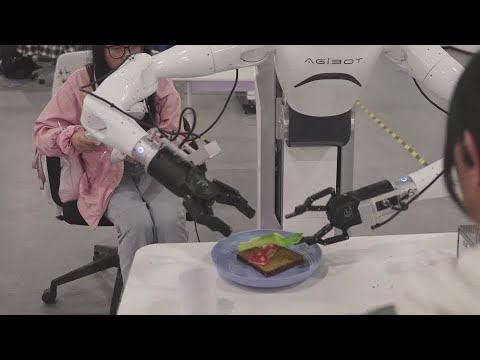
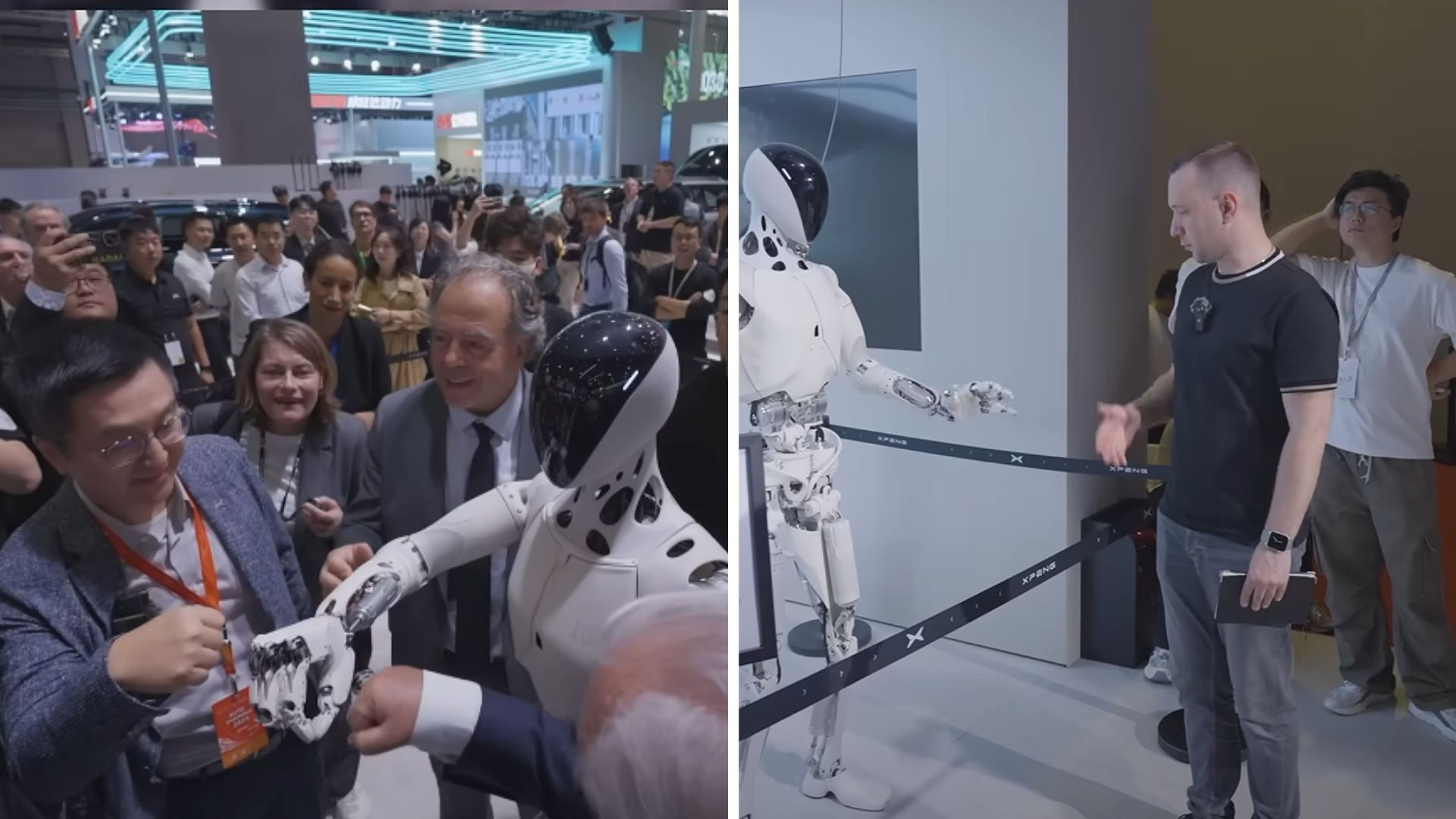

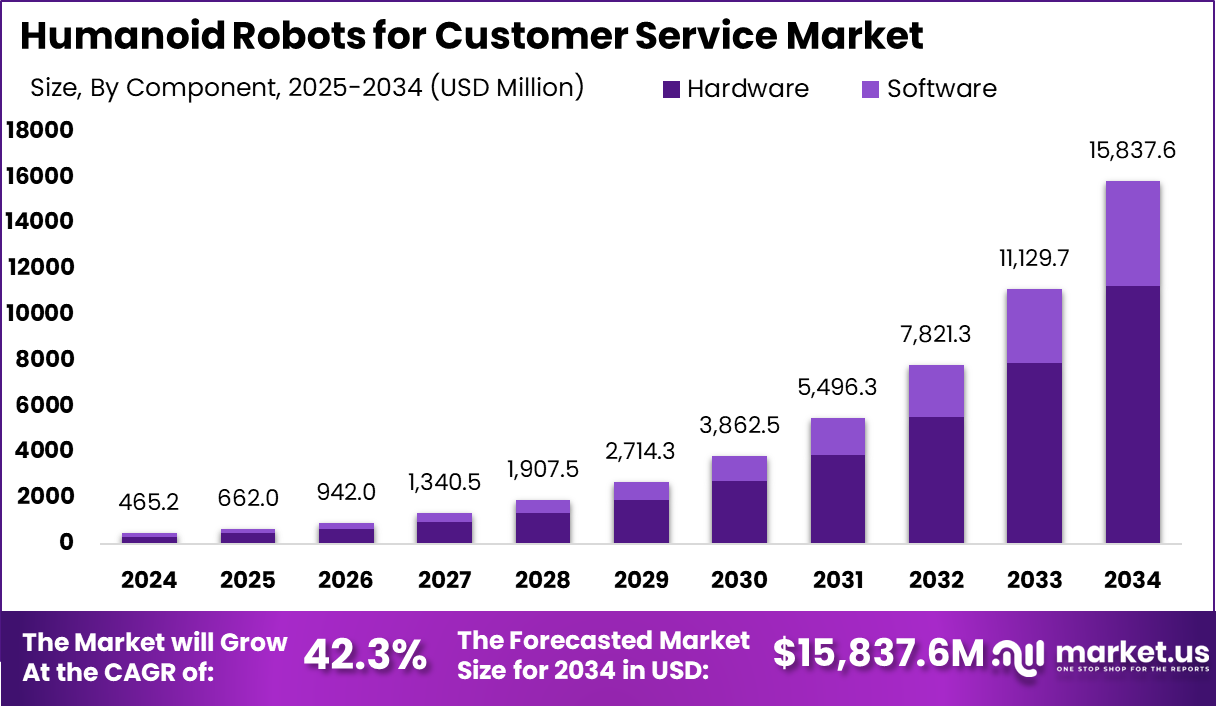
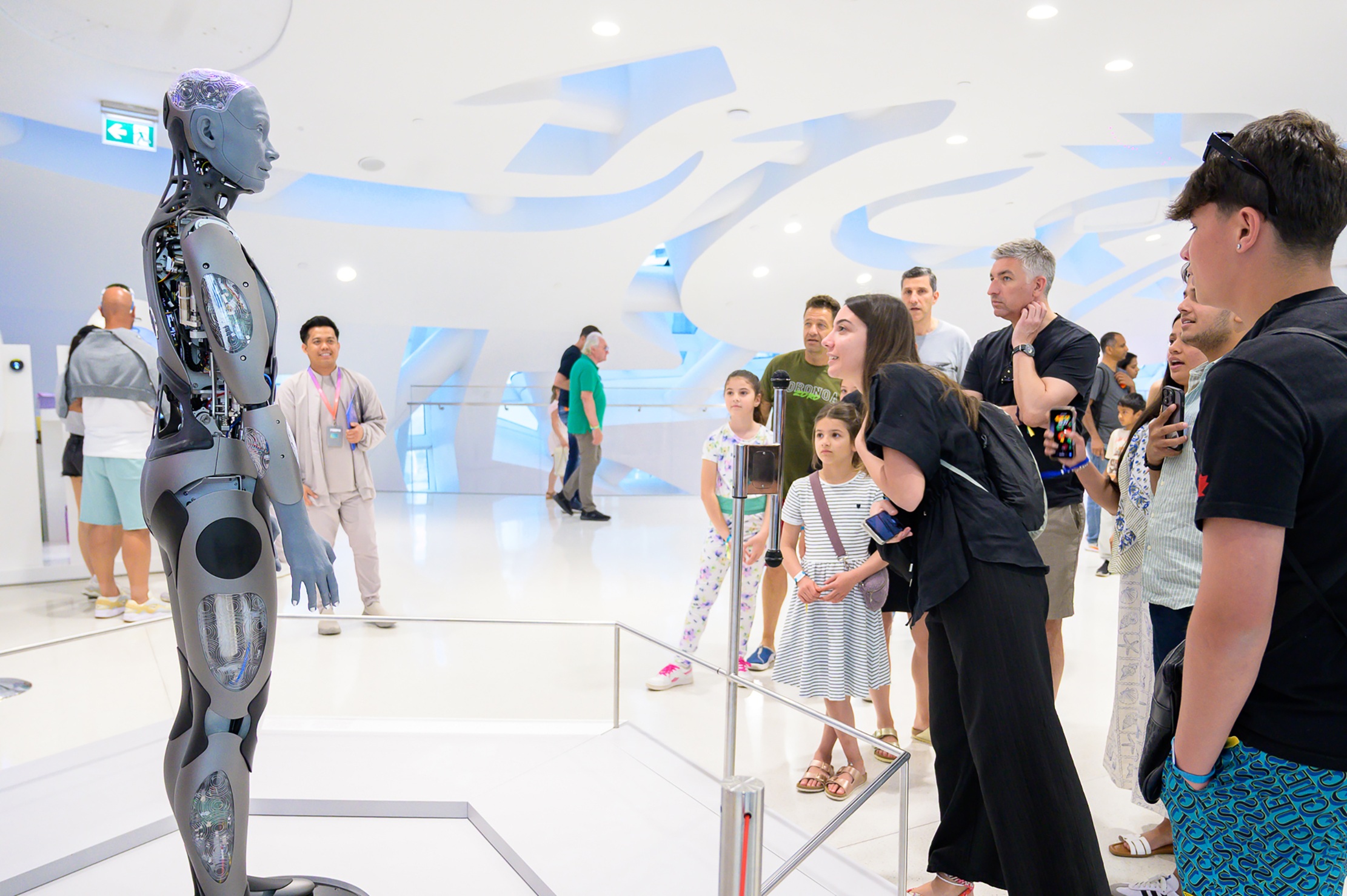
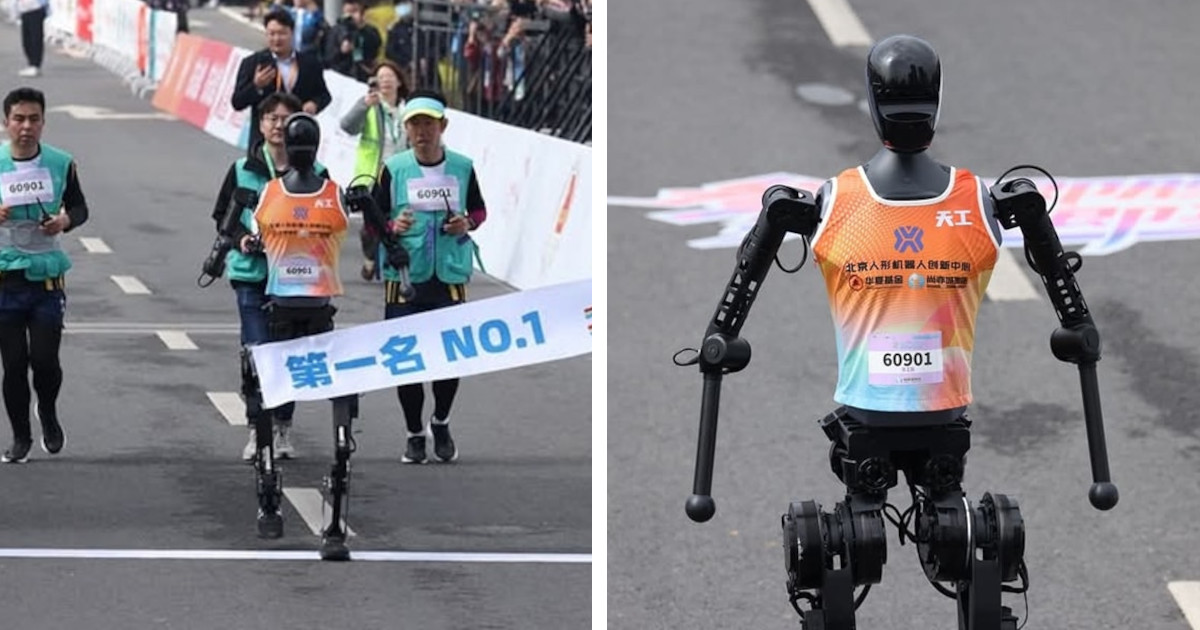
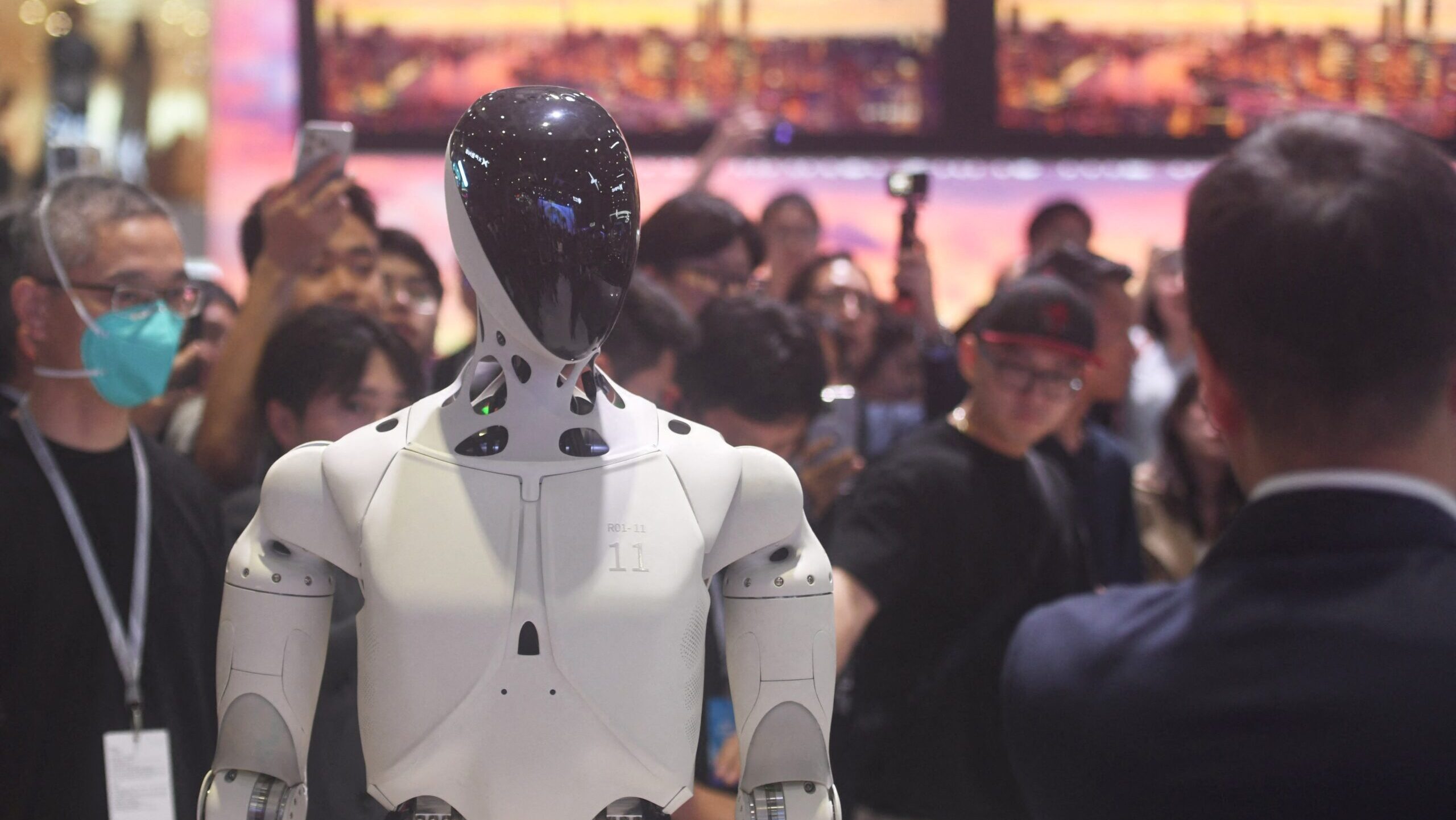

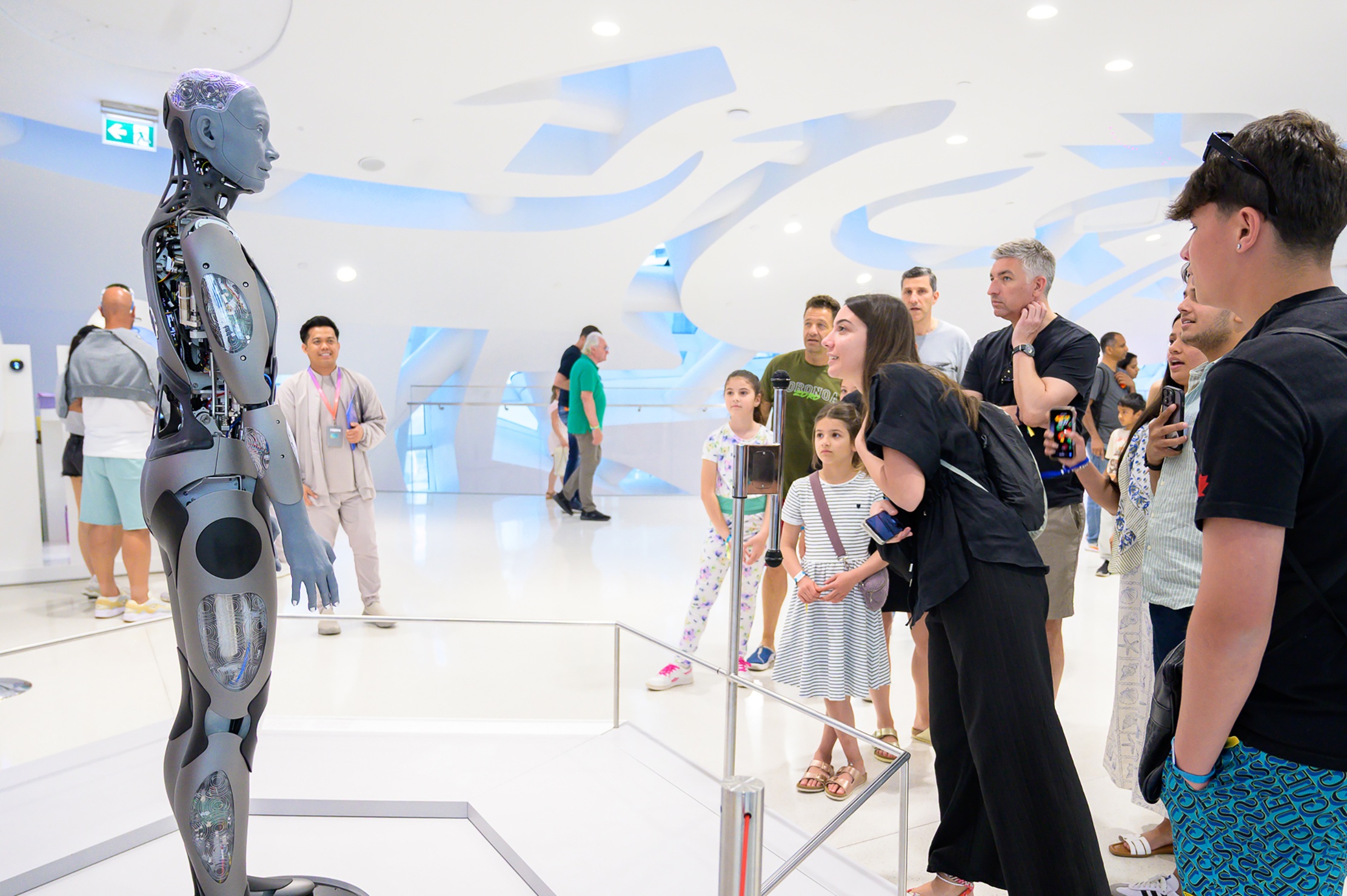

Leave A Comment